Indigenous Governance Database
workforce development
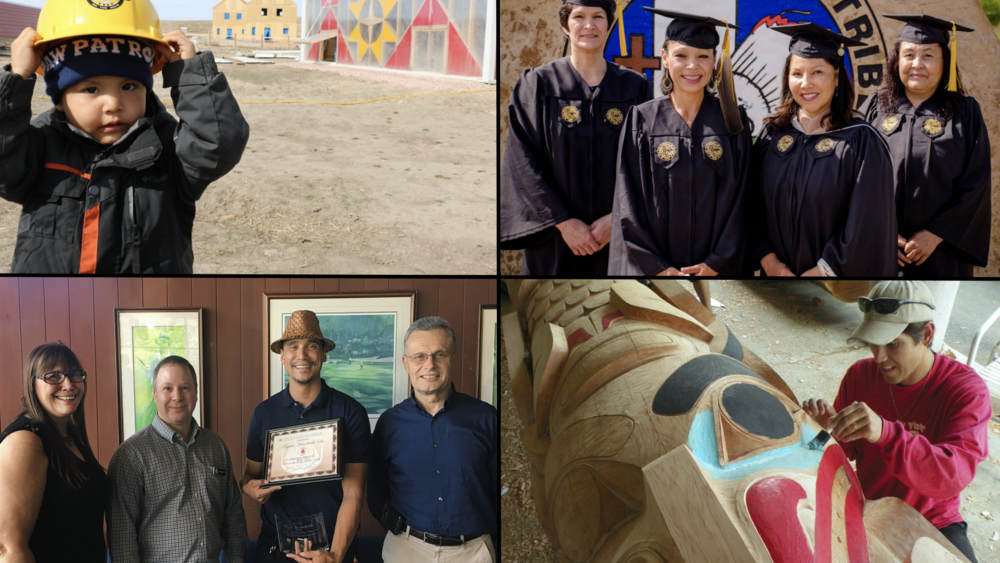
Tribal Workforce Development: A Decision-Framing Toolkit
This toolkit shares the main findings of NCAI’s multi-year research project examining the innovative approaches to workforce development that tribal nations along with Native organizations and tribal colleges and universities are forging, how they are achieving success (as they define it), and why…
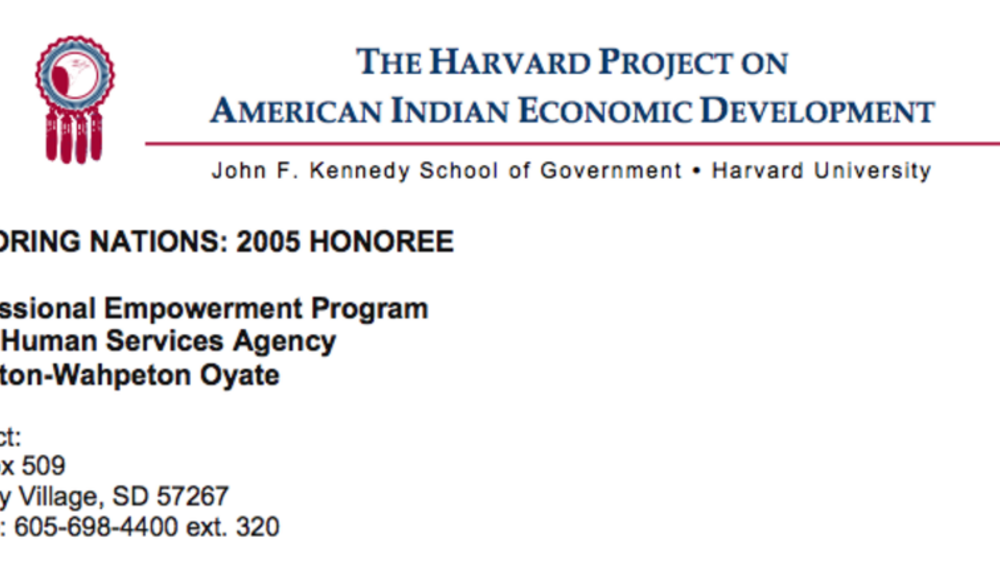
Sisseton Wahpeton Oyate Professional Empowerment Program
Across Indian Country, programs and businesses depend on skilled, committed, and responsible workers. However, some Indian citizens on reservations have limited experience in the workplace; little education; and face problems finding day care, adequate transportation, and other necessities.…

From the Rebuilding Native Nations Course Series: "Administrative Competence"
NNI Executive Director Joan Timeche discusses the need for Native nations to develop administrative competence through the cultivation, attraction and retention of qualified staff.

From the Rebuilding Native Nations Course Series: "Building Capacity to Get the Job Done"
Herminia Frias, former chairwoman of the Pascua Yaqui Tribe, discusses why it is important for leaders to work to build the capacity of their Native nations to effectively engage in nation building.
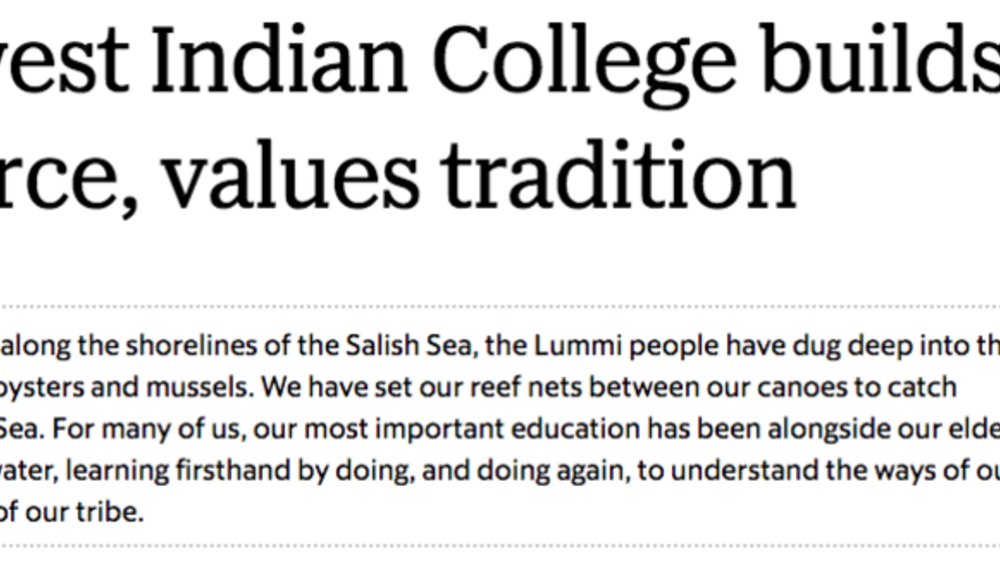
Northwest Indian College builds Lummi workforce, values tradition
For thousands of years, along the shorelines of the Salish Sea, the Lummi people have dug deep into the earth to harvest clams, oysters and mussels. We have set our reef nets between our canoes to catch salmon from the Salish Sea. For many of us, our most important education has been alongside our…
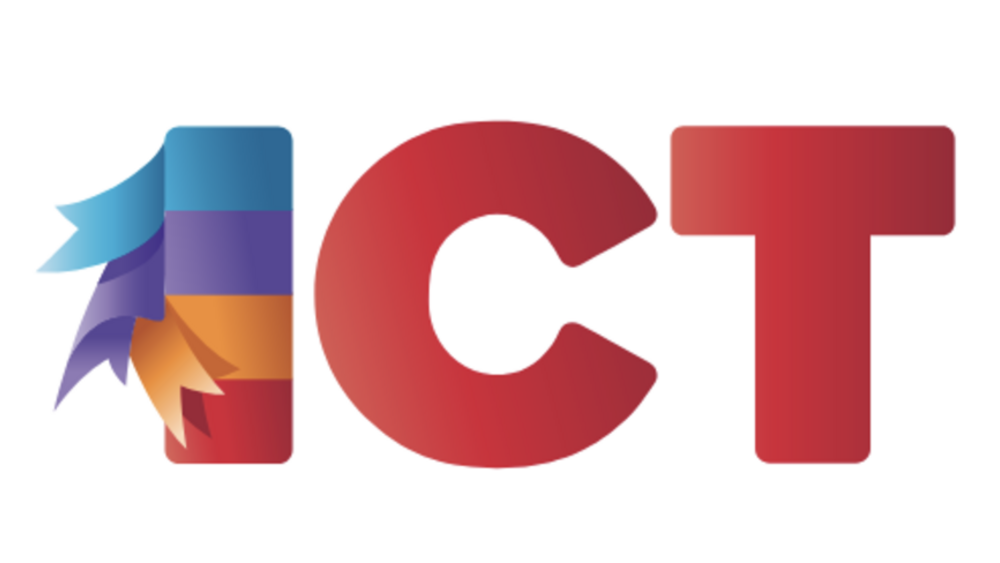
How Tribal Leaders Are Creating Jobs
The New Markets Tax Credit (NMTC) has provided a vital spark to infrastructure and economic development projects across Indian country. Momentum has been building over the past several years but because of recent federal agency actions, and now tax-related Congressional bickering, it is in danger…
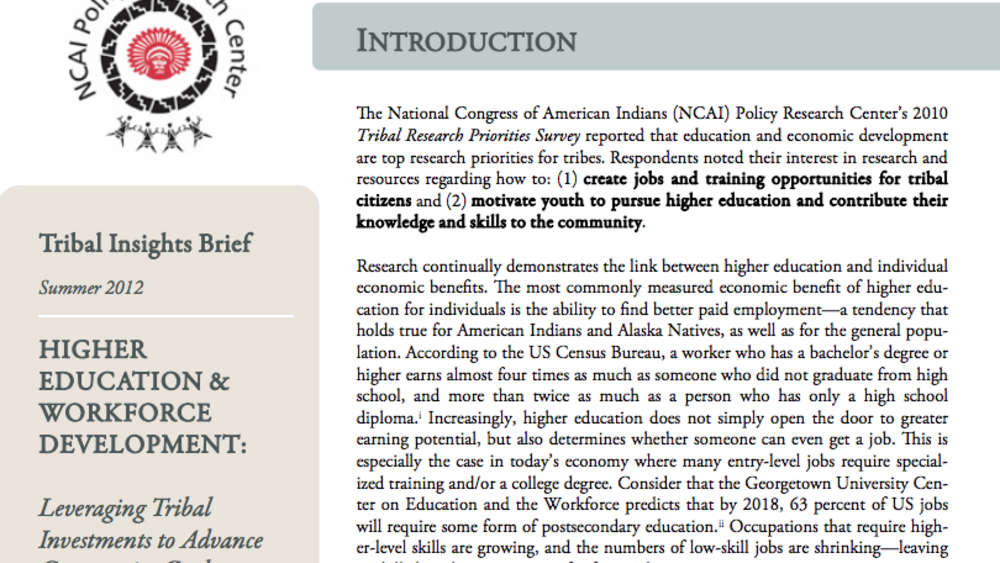
Higher Education & Workforce Development: Leveraging Tribal Investments to Advance Community Goals
The National Congress of American Indians (NCAI) Policy Research Center's 2010 Tribal Research Priorities Survey reported that education and economic development are top research priorities for tribes. Respondents noted their interest in research and resources regarding how to: (1) create jobs and…
